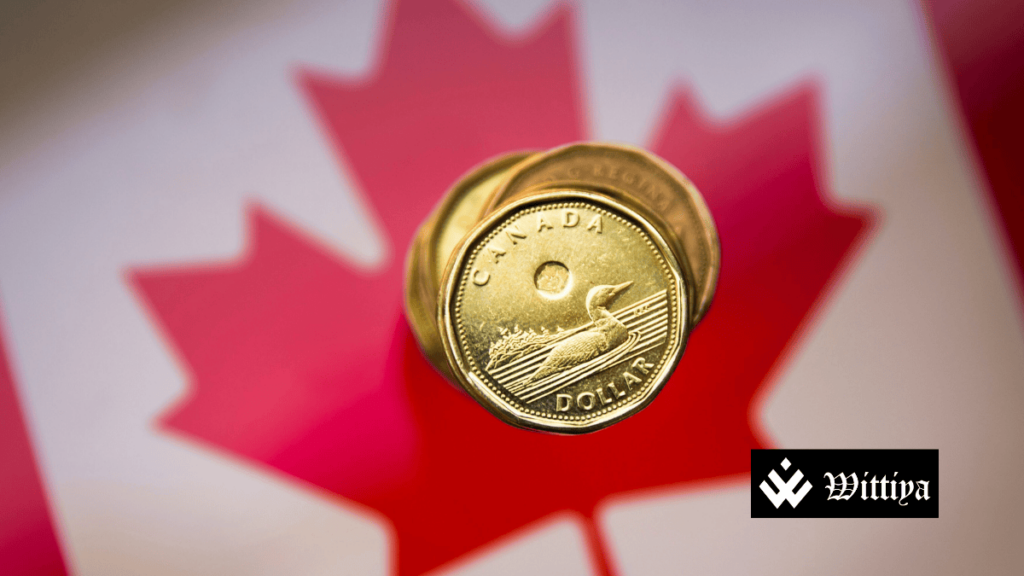The euro surged to a five-month high on March 12, 2025, following Ukraine’s agreement to a 30-day ceasefire with Russia, boosting investor sentiment. Meanwhile, the Canadian dollar rebounded after U.S. President Donald Trump announced a 50% tariff on Canadian steel and aluminum imports. The dollar index continued its losing streak, while the yen and Swiss franc showed mixed performance.
The euro experienced a significant surge on March 12, 2025, reaching a five-month high after Ukraine accepted a 30-day ceasefire proposal with Russia during talks in Saudi Arabia. The ceasefire agreement, facilitated by U.S. Secretary of State Marco Rubio, was viewed as a positive development for European stability, boosting market confidence in the euro.
The European single currency peaked at $1.0947, its highest level since October, gaining 0.86% for the day and over 5% for the month. It also reached a two-month high against the Japanese yen, trading at 161.78 yen before slightly retracting to 161.57 yen. Analysts cited increased European defense spending and the potential for de-escalation in Ukraine as key factors behind the euro’s strength.
Canadian Dollar Strengthens After Initial Drop
The Canadian dollar initially weakened following Trump’s announcement of a 50% tariff on Canadian steel and aluminum imports but later rebounded. The U.S. dollar rose to C$1.4521 against the Canadian dollar, its highest since March 4, before declining by 0.28% to C$1.4396. The tariffs were introduced in response to Ontario province’s 25% duty on electricity exports to the U.S., escalating trade tensions between the two nations.
Dollar Index Extends Losing Streak
The dollar index, which tracks the U.S. dollar against a basket of six major currencies, fell 0.57% to 103.27, marking its seventh consecutive session of losses. Against the Swiss franc, the dollar strengthened slightly by 0.1% to 0.882 but remained down 2.42% for the month. The greenback also rose 0.31% against the Japanese yen to 147.72 but had declined 1.93% since the start of March.
“The ceasefire announcement is a strong indicator of potential de-escalation in Eastern Europe, which strengthens the euro,” said Juan Perez, director of trading at Monex USA. “Meanwhile, the U.S. dollar remains under pressure due to trade and economic concerns.”
Market Reaction and Outlook
Wall Street’s main indices, including the S&P 500, Nasdaq, and Dow Jones, closed lower on Tuesday as investors digested geopolitical and trade developments. Analysts suggest that European markets may continue to benefit from renewed optimism surrounding the ceasefire, while the Canadian dollar’s trajectory will depend on further trade negotiations between the U.S. and Canada.
